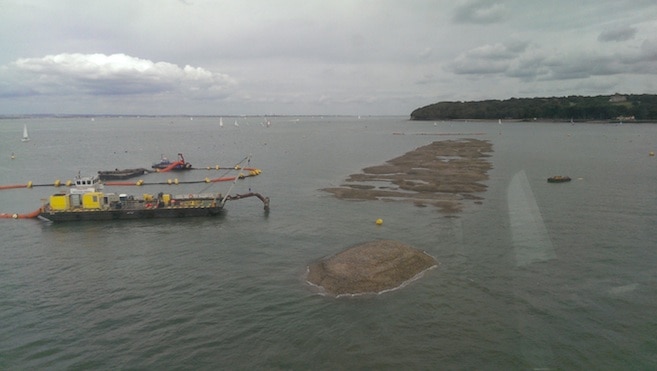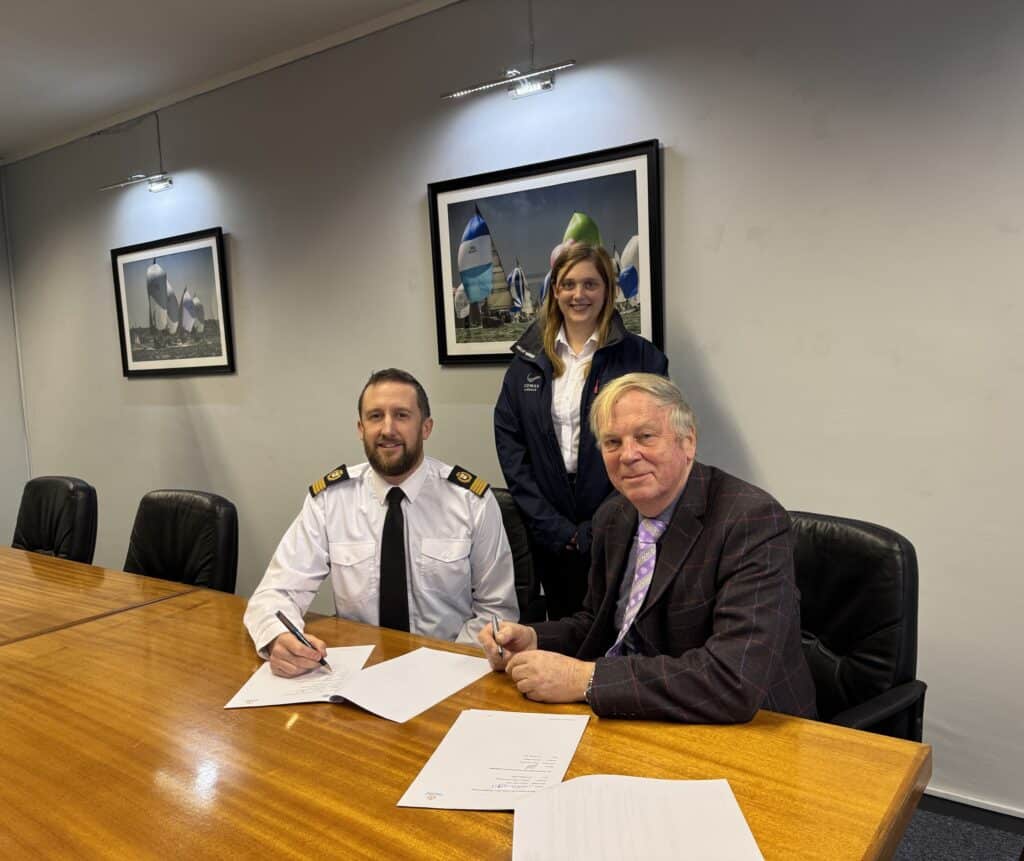This website uses cookies so that we can provide you with the best user experience possible. Cookie information is stored in your browser and performs functions such as recognising you when you return to our website and helping our team to understand which sections of the website you find most interesting and useful.
Privacy Overview
Strictly Necessary Cookies
Strictly Necessary Cookie should be enabled at all times so that we can save your preferences for cookie settings.
If you disable this cookie, we will not be able to save your preferences. This means that every time you visit this website you will need to enable or disable cookies again.
3rd Party Cookies
This website uses Google Analytics to collect anonymous information such as the number of visitors to the site, and the most popular pages.
Keeping this cookie enabled helps us to improve our website.
Please enable Strictly Necessary Cookies first so that we can save your preferences!
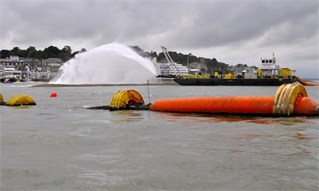
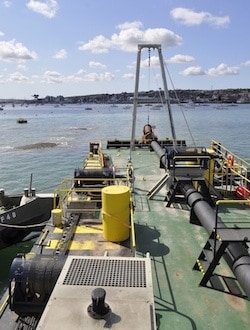 Work on the new Cowes breakwater progresses extremely well with CHC’s contractors Boskalis Westminster currently on stage 4 of the 2014 programme, the installation of the breakwater’s gravel core up to approximately 4 metres above chart datum.
Work on the new Cowes breakwater progresses extremely well with CHC’s contractors Boskalis Westminster currently on stage 4 of the 2014 programme, the installation of the breakwater’s gravel core up to approximately 4 metres above chart datum. 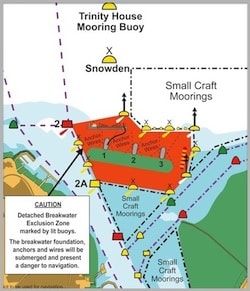 The breakwater Construction Zone has been extended into the area of small craft moorings to facilitate the required mooring arrangement for the D2 works barge when all mooring wires will be contained north of the breakwater. Two additional yellow marks have been deployed along the boundaries of the extension; an 80m section of floating pipeline has also been anchored on the eastern boundary of the Exclusion Zone.
The breakwater Construction Zone has been extended into the area of small craft moorings to facilitate the required mooring arrangement for the D2 works barge when all mooring wires will be contained north of the breakwater. Two additional yellow marks have been deployed along the boundaries of the extension; an 80m section of floating pipeline has also been anchored on the eastern boundary of the Exclusion Zone.